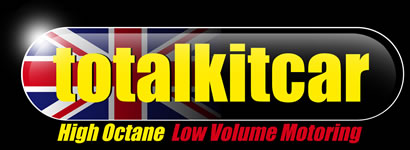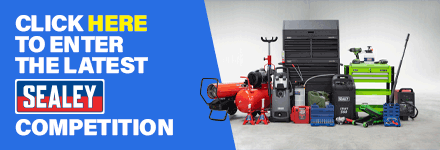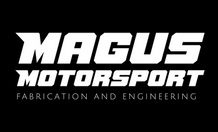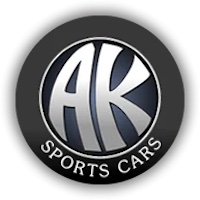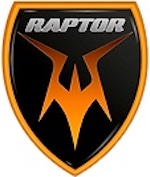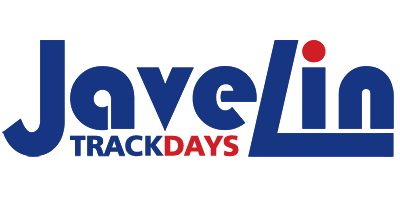THE HISTORY OF SMITHS INSTRUMENTS
[title] SMITHS INSTRUMENTS
STEVE HOLE rounds up the story of SMITHS INSTRUMENTS whose gauges have been used in kitcars for many, many years.
The company was founded in London way back in 1851 by Samuel Smith, who set up a jewellery shop in Newington Causeway in South East London. He specialised in chronometers and other scientific instruments.
The company grew quickly but Smith died in 1875 aged just 49. The business had re-located to a much grander address on The Strand in London’s West End.
Smith & Sons merged with their new next-door neighbours, diamond merchants, Charles Frodham and by 1895 they had re-located to premises in Piccadilly.
High-quality watches were supplied to the Royal Navy although these were made for Smiths by another company (Nicole Nielsen) locally in Soho.
It was 1904 when they first launched a range of automotive products, again produced by Nicole Nielsen with the first Smiths branded instrument being a speedometer followed by a rev counter.
This side of the business became so popular that Nicole Nielsen had to relocate to a larger factory in Watford in 1907.
However, by this time Smiths themselves started to manufacture some of their own automotive products made at the wonderfully named Speedometer House in Great Portland street aka ‘Motor Row’.
Speedos were soon joined by multi-jet carburettors (designed for Smiths by Trier & Martin), lighting sets, headlamps, sidelights, tail-lights, dynamos and electric starters, generators and not forgetting the Smiths Auto-Clear mechanical horn.
Pre-war Smiths came to a gentleman’s agreement with rivals Lucas, which meant that they wouldn’t compete in certain areas, while Lucas even took over some of Smiths’ non-automotive range.
The Smith & Sons automotive division moved to Cricklewood in North London (imaginatively called ‘Cricklewood Works’) and they became the leading supplier of instruments to British motorcycle and car makers. The legend ‘Smiths’ started to appear on the gauges, too.
The company began to acquire other businesses such as KLG spark (Kenelm Lee Guinness) plugs in 1927 which traded under the Robin Hood Engineering name, although they’d taken over distribution rights in 1919.
Next, they bought out Edward Jaeger in 1932 changing its name to British Jaeger Instrument Company.
They expanded into jacks in 1935 with the ‘Jackall’ hydraulic system becoming standard fit on most popular cars and another division called Smiths Jacking Systems was created.
Smith aircraft instruments range was launched in 1937, and a separate department also incorporated their marine activities.
Post-war Smiths & Sons joined forces with Ingersoll Watch Company to create the Anglo-Celtic Watch Company and become one of Europe’s largest watch producers
With over 1400 employees until it was closed in 1980.
By the late seventies, their original business of watches, clocks and even automotive instruments had become a small portion of the group’s revenue although aerospace, marine, construction, medical, appliance controls, electronics and ceramics were taking the lion’s share of turnover.
In the mid-eighties, Smiths industries ceased their involvement with automotive products with Lucas acquiring it, before an employee buyout by the company’s employees led to a new company called Caerbont Automotive Instruments taking over the products and rights and they still produce the Smiths branded range of instruments to this day from their factory near Swansea.
More from www.smiths-instruments.co.uk
| Print article | This entry was posted by admin on September 6, 2023 at 5:19 pm, and is filed under Uncategorized. Follow any responses to this post through RSS 2.0. Both comments and pings are currently closed. |
Comments are closed.
